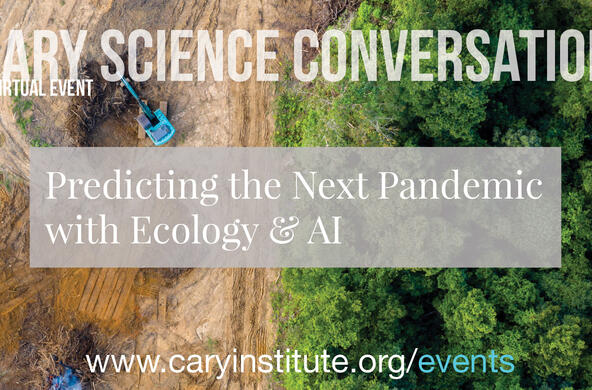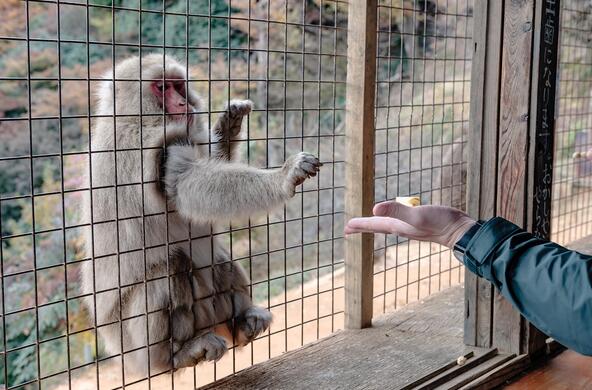61%
of infectious diseases known to affect people are spread by wildlife and/or domesticated animals.
Some animals make riskier neighbors. We are finding out who they are.
‘Zoonotic’ diseases originate in animals. People get sick when we come in contact with body fluids of infected animals or are bitten by an infected vector, such as a tick or mosquito.
Development, agriculture, and population growth are putting people in closer contact with animals.
We are exploring...
- Why some animal species are so efficient at harboring pathogens and spreading them to people.
- How ecological insights and modeling can be used to identify risky species and target interventions that reduce human exposure to disease.
Cary discoveries
With partners at the University of Georgia, we’ve analyzed what’s on record about diseases that mammals can pass to people.
- Arctic carnivores carry more diseases than expected. As climate change and permafrost thaw bring more people in contact with Arctic wildlife, it will be important to keep a close eye on disease dynamics.
- Despite their bad reputation, bats carry far fewer zoonotic diseases than rodents, primates, carnivores, and hooved mammals.
Using machine learning, a form of artificial intelligence, we’ve helped develop a model that identifies rodent species with the potential to spread pathogens to people with 90% accuracy. A common thread among these animals: they begin reproducing earlier and have more and larger litters than species that aren’t disease carriers.
We’ve also partnered with UGA on the creation of a model that can identify viruses with the potential for human-to-human transmission with 84% accuracy. These pathogens and their hosts are especially important to watch because they can cause potential epidemics.
Why do some animals carry diseases while others don't? The vast majority of species don't transmit or carry anything. But that fraction of species that does carry something is worth understanding. It's worth trying to figure out which species carry these diseases before they emerge in humans
– Barbara Han


